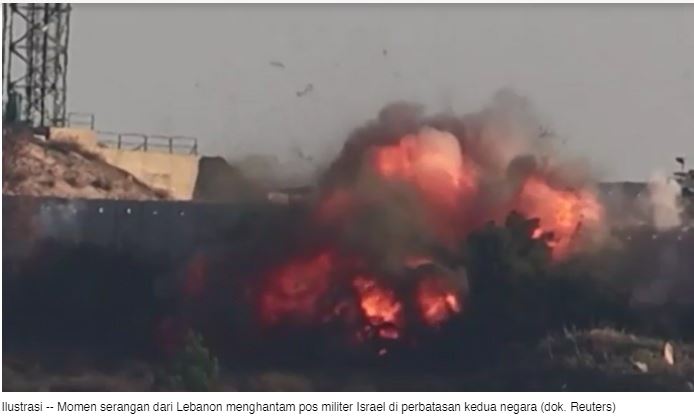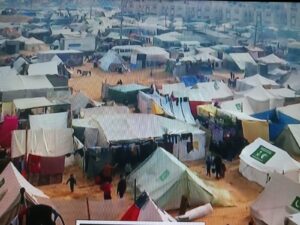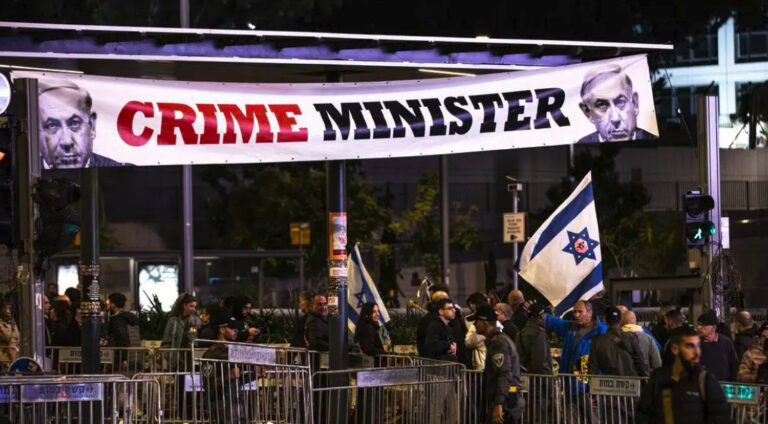
STRATEGIC ASSESSMENT. Beyond ensuring the immediate return of hostages held in Gaza, the ongoing truce between Hamas and Israel serves as a proof of concept that could see it extended further, with the possibility of new categories of prisoners and hostages released, though there is good reason to be skeptical that the ongoing truce will bring about a settlement leading into a lasting ceasefire. Following Monday’s scheduled expiration of their initial four-day truce, which was designed to allow the safe release of hostages and the entry of humanitarian aid into Gaza, Israel and Hamas agreed to extend the short-term pause in fighting by an additional two days. With hours left until the extension expired, negotiators yesterday were again seeking common ground that would allow them to extend the humanitarian pause by another two, or possibly even four, days. Over the weekend, Israel agreed to extend the truce by one additional day for every ten hostages released by Hamas. Under the current agreement, Hamas will release one hostage for every three Palestinians released from Israeli jails. As of Wednesday evening, 99 hostages and 210 Palestinian prisoners – almost exclusively women and minors on both sides – have been released since the truce. Approximately 240 hostages were taken during the October 7 attack on Israel. 27 of the recently freed hostages were released outside the terms of the main agreement. In addition to 23 Thai citizens and one Filipino, that group includes a dual national Israeli-Russia man and two Russian women whom Hamas released due to intervention by the Russian government. In public statements about their releases, Hamas expressed gratitude to Russian President Vladimir Putin for supporting the “Palestinian cause.”

Up to forty hostages were being held hostage in Gaza by groups other than Hamas as of this weekend, including by groups like Palestinian Islamic Jihad (PIJ). PIJ released its first hostages on Tuesday. Beyond the women and children who have already been freed, the next stages of a potential truce extension would presumably work toward the eventual release of all civilian hostages, including young men who were not officially serving in the Israel Defense Forces (IDF) at the time they were captured. This progress could also see the two warring parties trade the remains of deceased hostages, IDF soldiers, Hamas fighters killed during the ongoing Israeli operations, Palestinians who have died in Israeli jails, and others in one another’s custody. On Tuesday, Israel announced that Hamas was holding the bodies of three IDF soldiers who were killed during the group’s October 7 attack. Yesterday, Hamas claimed that Israel’s bombing campaign had killed the youngest hostage in Gaza – a ten-month-old infant – along with his mother and brother, a claim which the IDF said it was in the process of assessing.

While Israeli authorities have described the jailed Palestinians eligible for release as “terrorists,” not all are convicted criminals. While some have been convicted of serious crimes, such as attempted murder, the list released to media also includes teenagers arrested for “throwing stones,” as well as a 59-year-old woman who had been detained indefinitely without charge. Amid increased tensions and violence in the West Bank since October 7, the number of Palestinians currently under administrative detention, in which they have been detained without being charged or facing trial in a manner that can be extended indefinitely, has grown to represent nearly one-third of all Palestinian prisoners, according to the Washington Post. During the first four days of the truce, Israel reportedly arrested over 130 Palestinians while it was releasing 150 from its jails as a condition of its deal with Hamas. West Bank Palestinians are subjected to an Israeli military justice system with a conviction rate that has, in recent years, reached as high as 99 percent, generating significant criticism from rights groups.

The grand prize for Israel in the hostage negotiations would be the release of the active IDF soldiers held in Hamas’ custody. In 2011, Israel released over one thousand Palestinian prisoners – including the current head of Hamas in Gaza, Yahya Sinwar – to secure the release of a single soldier, Gilad Shalit. Hamas, on the other hand, will see captured Israeli soldiers as their most valuable assets in the talks and will expect Israel to pay a much higher price for their release. Hamas may use IDF hostages to attempt to bargain for a longer ceasefire than the short humanitarian pauses achieved so far and perhaps even a political settlement that would end the war. While Israeli Prime Minister Benjamin Netanyahu has expressed an openness to further extending the truce, he also reiterated his intent to continue fighting once it ends, as well as his broader strategic objective of eliminating Hamas. Israel’s far-right national security minister, Ben Gvir, has even threatened to resign if Israel does not resume its offensive after the truce concludes. U.S. National Security Council spokesperson John Kirby has said the United States would like to see the ceasefire extended “until all hostages are released.” In anonymous briefings to reporters, senior U.S. officials also said their government had stressed to Israel that it should avoid “significant further displacement” and mass casualties of civilians in Gaza if and when it resumes fighting. However, similar public statements by U.S. officials earlier in the war, which cautioned Israel against repeating the mistakes the United States made in its highly militarized response to the September 11 terrorist attacks, appeared to do little to temper Israel’s operations in Gaza.

The current break in fighting has brought an end, at least temporarily, to approximately fifty days of Israeli bombardments of Gaza, although minor ceasefire violations were alleged against both Hamas and the IDF on Tuesday, with each side blaming the other for breaking the truce. Israel’s military operations have killed over 13 thousand Palestinians, according to one count by the Gaza health ministry, though another estimate places the death toll in Gaza over 15 thousand. The IDF estimates it has killed only one to two thousand Hamas fighters. The truce also may have extended to Iranian proxy groups that had been targeting U.S. forces in the Middle East in recent weeks. Yesterday, one day after the Pentagon reported that no such attacks had occurred since last week, the Pentagon’s press secretary denied that an American naval destroyer had been targeted by a missile fired from Houthi-controlled Yemen over the weekend, which landed within ten nautical miles of the vessel. The U.S. ship had earlier responded to the hijacking of an Israeli-owned tanker off the coast of Yemen.

CIA Director William Burns returned to Doha on Tuesday to help facilitate discussions to secure another extension to the truce. He has been meeting with his counterpart in the Mossad, the head of Egyptian intelligence, and Qatari Prime Minister Mohammed bin Abdelrahman Al-Thani. Burns, who has been entrusted by his government to lead the negotiations on the Gaza conflict is seen as one of the Biden administration’s most valued negotiators, not only due to his long career as a diplomat, but also thanks to the trust many of the parties place in him, as well as for his deep familiarity with the Middle East. Qatar has been serving as a key mediator between the warring parties. Qatari officials made their first public visit to Israel recently as they sought to salvage a deal on the verge of breakdown. Prime Minister Al-Thani also joined a UN Security Council meeting yesterday, where he expressed hope the Council would establish a mechanism to monitor the distribution of aid in Gaza and re-iterated Qatar’s position that Palestinian statehood would be critical for achieving regional peace (TSC).





